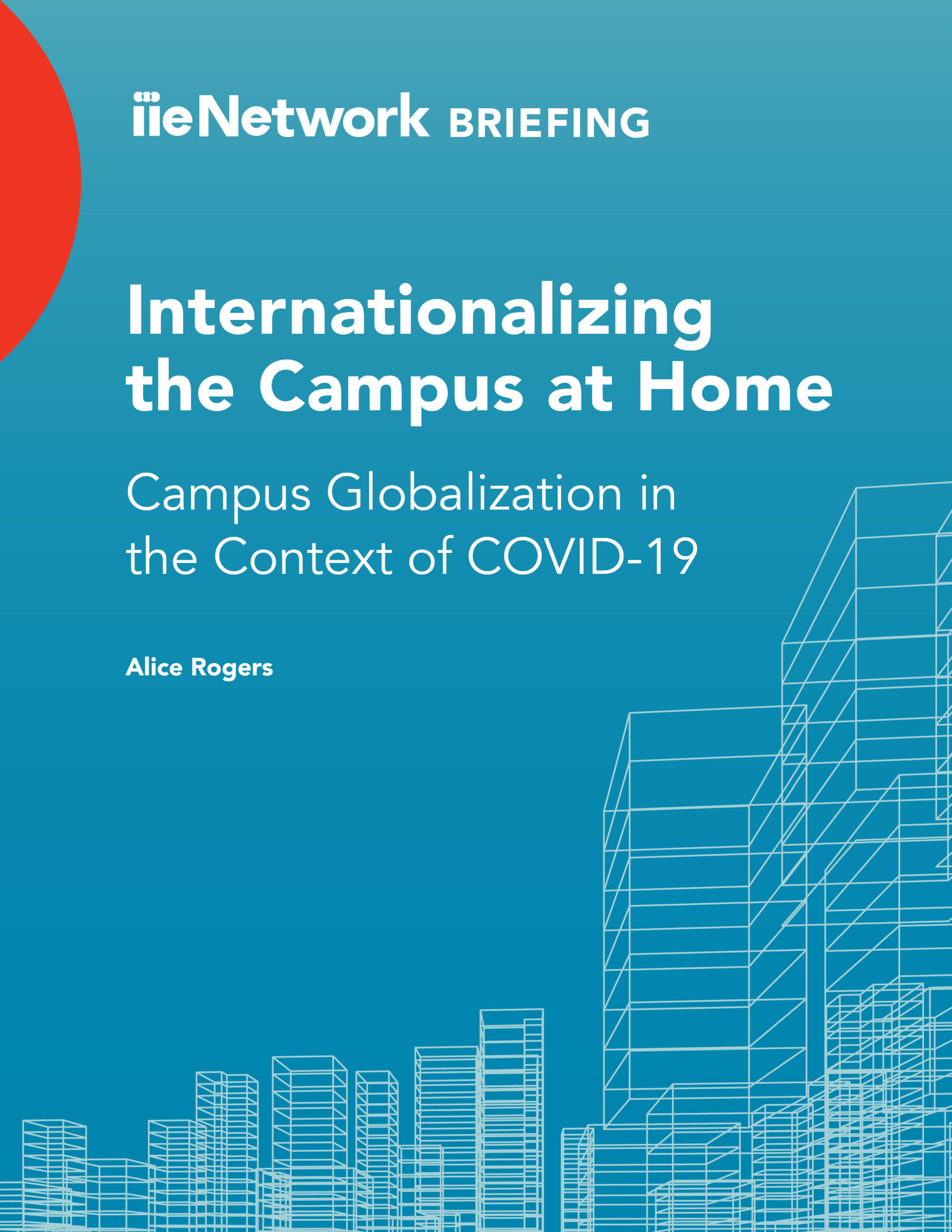
When COVID-19 was declared a pandemic in March 2020, nearly every US student on a study abroad program was abruptly called home, and 93% of planned study abroad programs for the summer were cancelled, as were 64% of undergraduate Fall semester programs. In the process, most campus leaders responsible for international programs and strategy sought to fill the curricular gaps by turning to “internationalization at home” programs which would enable students to at least have intercultural experiences and exposure through special outreach and encounters with nearby Immigrant communities and/or distance learning seminars with counterparts in countries where institutional partnerships and faculty research collaborations would make possible seminar discussions and focused conversations on current issues and topics. This report highlights several key forms of “internationalization at home” and how they have been historically implemented at universities, and it discusses how these initiatives have contributed to campus globalization in the context of the COVID-19 pandemic for the 2020-2021 academic year.